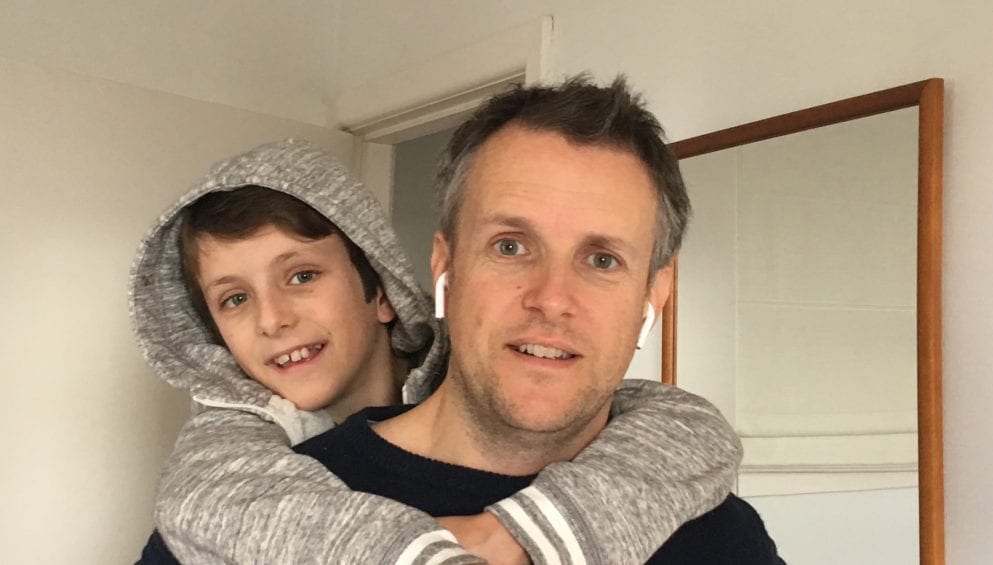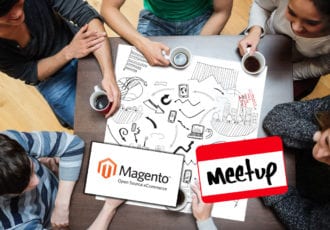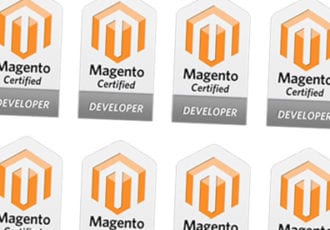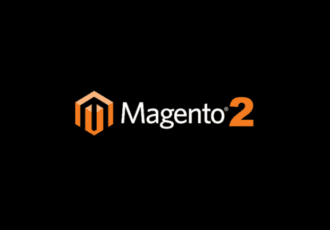The Robert Collier Letter Book


I’d like to introduce you to another classic marketing book.
There really are only 4 or five marketing books ever written that are worthy of being called a classic.
The Robert Collier Letter Book is one of them.
This is really the only book on copywriting you need.
Written in 1931 you might ask what this book can help us within 2018. It’s crazy to think that we can learn about selling on an ecommerce site from a man who lived in a totally different world.
But this is a book about one mans success at selling stuff via direct response letters. These are the letters that worked, and he explains why.
“Focus On The Mechanism Of The Sale”
I think the genius of the book is his focus on the mechanism of the sale. A lot of the time his letters promised offers such as respond to this letter, get the product for 30 days and then pay only if you like it.
If we break it down, for a sale to happen we need the customer to decide on
1. The customer to choose to receive the product
2. The customer to choose the delivery method
3. The customer to pay for the product
4. The customer to decide to keep the product
Each step for the customer has a different value. The amount of persuasion that needs to happen to move them to the desired outcome is also different for each step.
By moving the payment to after the person has tried the product or the service this makes it much more likely that the customer proceeds with step 1.
This is hard to do if you are selling an expensive product but there are scenarios where this might be possible.
i) When you are selling a product that is low value to produce but high value to the customer. This could be an education product or course. Or potentially some branded sunglasses that are extremely cheap to make but have a high price tag.
ii) If you are selling B2B and have existing customers that you want to extend credit to.
iii) Really good B2C customers that are big buyers for you and always pay.
This might blow your mind and you will quickly think that some people might not end up paying. Yes, that will be the case BUT what if the conversion rate of the whole process was so much higher that it still was more profitable than asking for money upfront.
“We Can Double Our Profit Per Customer”
This is counter-intuitive because our fear of loss is strong. We often get so obsessed with those customers that might rob us that we don’t care that we can double our profit per customer.
I am not saying this is the right method for all ecommerce sites, it’s not, but I like to open up the assumptions around the business model because often lying here is a gold mine.
Moving onto point 2 above ‘The customer to choose the delivery method’ At first look, this seems obvious but where there is a decision for the customer there are potential for conversion rate gains.
How much you charge for the product and how much you charge for delivery will have a huge impact on the profitability per visitor.
“You Must Choose How Much To Charge For Delivery And How Much To Charge For The Product”
You must choose how much to charge for delivery and how much to charge for the product.
We all have seen those free book offers on Facebook where you just must pay for shipping. Of course, the shipping cost covers the cost of the book too.
But in the mind of the buyer, the focus is on the shipping.
The book is being offered free. There are also products being sold like this on Facebook, free ring, just pay shipping.
The fact that these work means that we should experiment with how much we charge for the product and how much for shipping.
The above covers point 3, so this leaves 4 the customer to decide to keep the product. This is a big one, especially in areas like women’s clothing where returns can hit 40%!
What are you doing to reduce the returns rate? Probably very little.
But it’s a huge area to work on. Post-purchase split tests on the following can have big dividends
a) Follow up with 50% of the customers with an email telling them how to use the product, a video on how to care for it etc. Does this raise or lower the returns rate?
b) Give 50% a free surprise gift with delivery. Does the gift pay for itself in the reduction of returns?
c) Follow up with 50% with a personal email from the company director asking them specifically how they are getting on with the product. Does this increase of lower the returns rate?
d) Follow up to 50% asking them to review the product before it has arrived. Ask the other 50% to review the product after it has arrived. How does the timing of the review affect returns?
What I am pointing out with all the above is that the sale is not a done deal. It’s made up of various elements that value can be shifted from and too.
Also, you don’t get paid until the customer decides to keep the product. We often have a fire and forget attitude to the order confirmation page.
“I’ll be back is what we need the customers to say every time they buy”
In the words of Arnold Schwarzenegger, I’ll be back is what we need the customers to say every time they buy.
Take a look at our Google Shopping Case Study video to see how you can use similar techniques to scale this channel http://go.markhammersley.co/get-started
Thanks
Mark (Get Paid) Hammersley


As a Manchester Magento development agency we are happy to invite you to the Manchester Magento meetup which we host found here >.

Great that all the main developers are now fully Magento Certified. Well done everyone https://www.linkedin.com/pulse/now-100-magento-certified-all-smartebusiness-ian-hammersley

Happy to announce that we are fully up to speed with  Magento 2!